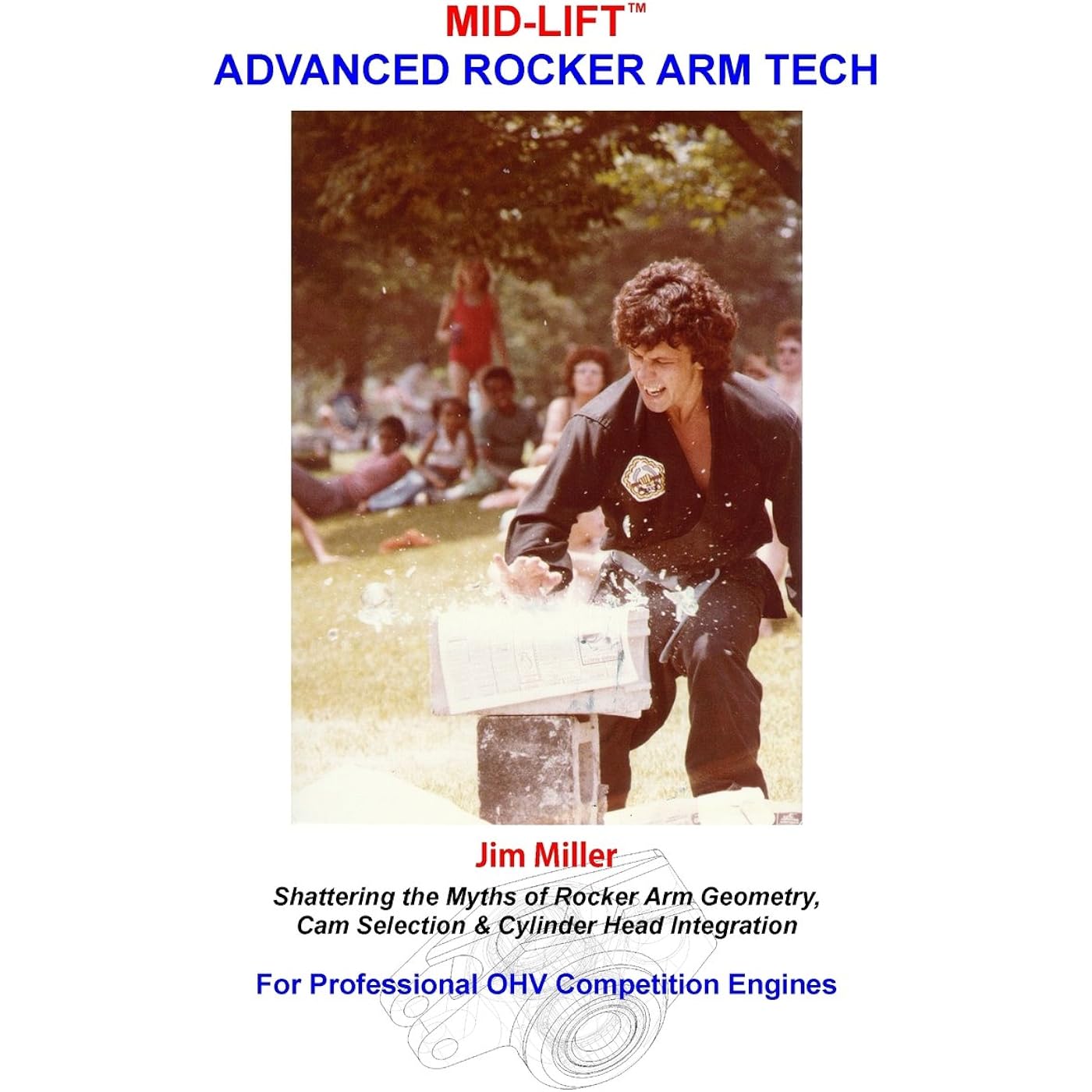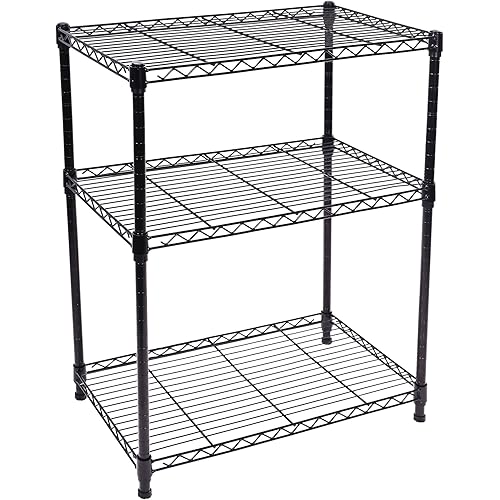MID-LIFT Advanced Rocker Arm Tech, by Jim Miller: Shattering the Myths of Rocker Arm Geometry, Cam Selection & Cylinder Head Integration



Buy Now, Pay Later
- – 6-month term
- – No impact on credit
- – Instant approval decision
- – Secure and straightforward checkout
Ready to go? Add this product to your cart and select a plan during checkout.
Payment plans are offered through our trusted finance partners Klarna, Affirm, Afterpay, Apple Pay, and PayTomorrow. No-credit-needed leasing options through Acima may also be available at checkout.
Learn more about financing & leasing here.
Eligible for Return, Refund or Replacement within 30 days of receipt
To qualify for a full refund, items must be returned in their original, unused condition. If an item is returned in a used, damaged, or materially different state, you may be granted a partial refund.
To initiate a return, please visit our Returns Center.
View our full returns policy here.
Recently Viewed
Description
A pioneering professional’s comprehensive insight to the previously confidential world of precision rocker arm design and application to Over-Head Valve competition engines. Written by the founder of the Patented MID-LIFT roller rocker arm geometry for internal combustion engines, and color Illustrated, Jim Miller explains the critical elements of valve train design and system integration with in-depth tech and terminology defined for pro and novice alike.Jim Miller has over 40 years in the high performance racing world as an engine parts developer and manufacturer for all forms of professional and amateur racing, who holds four valve-train patents. He is a pilot; an avid aviation enthusiast; and a hands-on domestic and international manufacturing engineer. He has been a published technical automotive, truck and motorcycle editor, writer and photographer since 1975. MID-LIFT.com has provided valuable insight and products to racers and engine builders from around the world, since 2003, where it continues today. (Retail: $87.50 U.S.) Read more
Publisher : JM Miller (March 10, 2016)
Language : English
Paperback : 180 pages
ISBN-10 : 0692595295
ISBN-13 : 99
Item Weight : 1.13 pounds
Dimensions : 8 x 0.43 x 10 inches
Best Sellers Rank: #2,771,703 in Books (See Top 100 in Books) #964 in Automotive Racing #1,039 in Trucks & Vans (Books) #1,531 in Classic Cars (Books)
#964 in Automotive Racing:
#1,039 in Trucks & Vans (Books):
Frequently asked questions
To initiate a return, please visit our Returns Center.
View our full returns policy here.
- Klarna Financing
- Affirm Pay in 4
- Affirm Financing
- Afterpay Financing
- PayTomorrow Financing
- Financing through Apple Pay
Learn more about financing & leasing here.
























